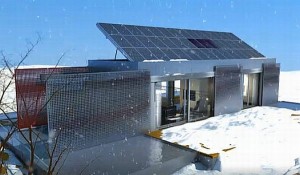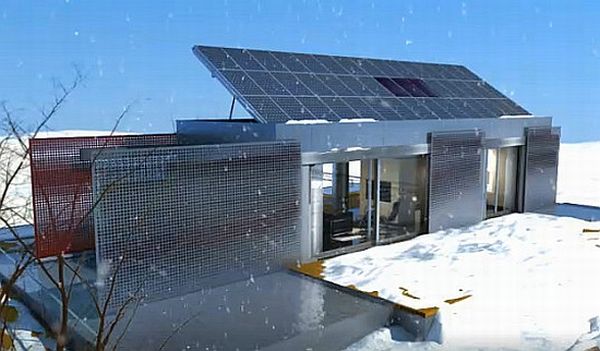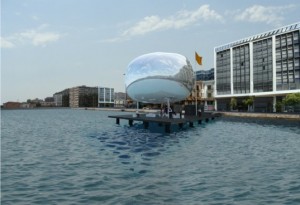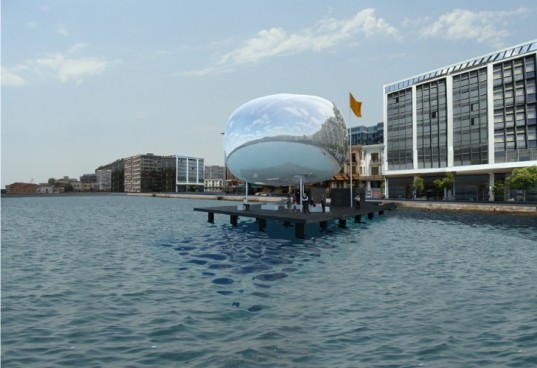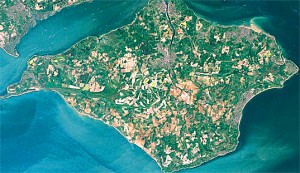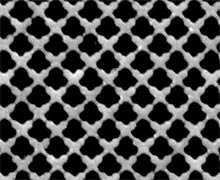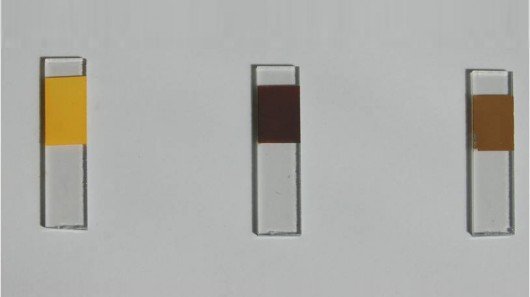
A team of researchers from the University of Notre Dame in Indiana is reporting the creation of a “solar paint” that could mark an important milestone on the road to widespread implementation of renewable energy technology. Although the new material is still a long way off the conversion efficiencies of commercial silicon solar cells, the researchers say it is cheap to make and can be produced in large quantities.
In an effort to find an alternative to silicon-based solar cells, the Notre Dame researchers turned to quantum dot materials. They started with nanoparticles of titanium dioxide (TiO2) and coated them with either cadmium sulfide or cadmium selenide – both compounds that can absorb photons. A photon of the right energy hitting the cadmium compounds causes an electron to escape, which is absorbed by the TiO2.
 Follow
Follow

